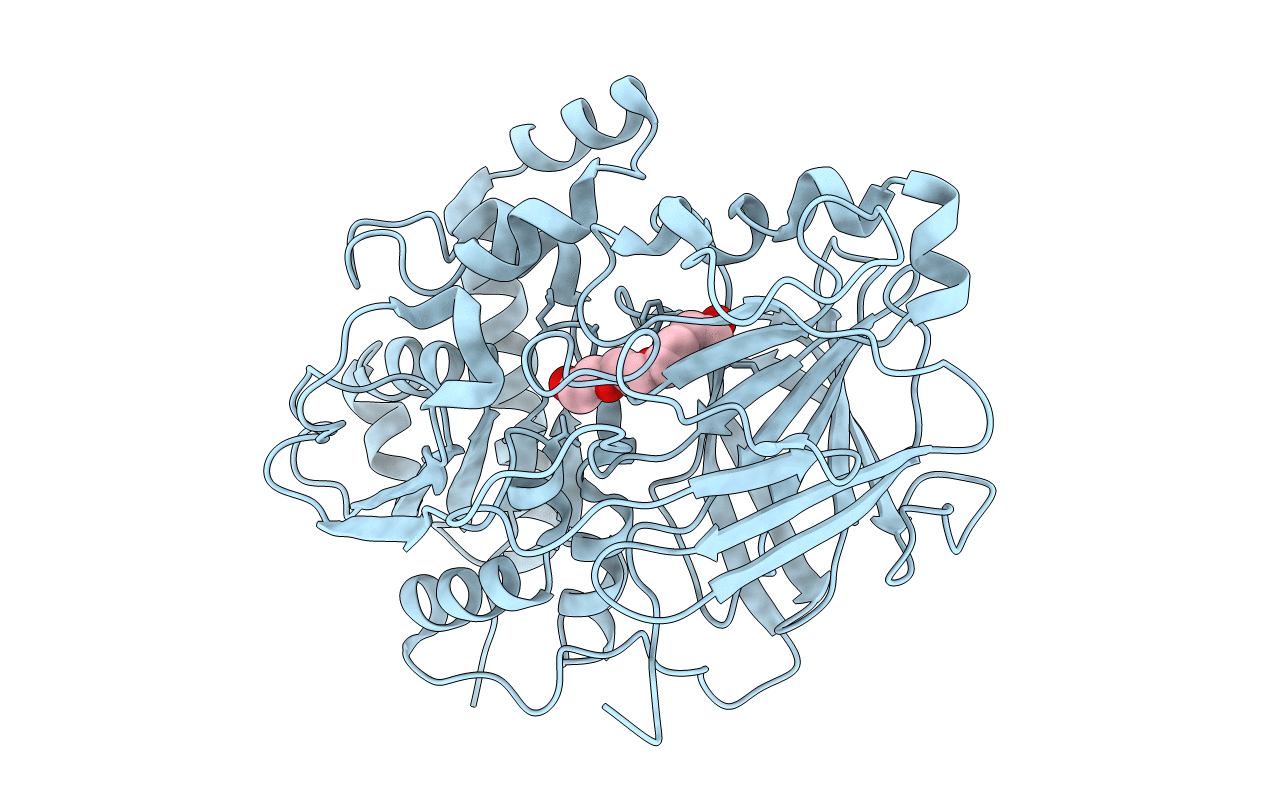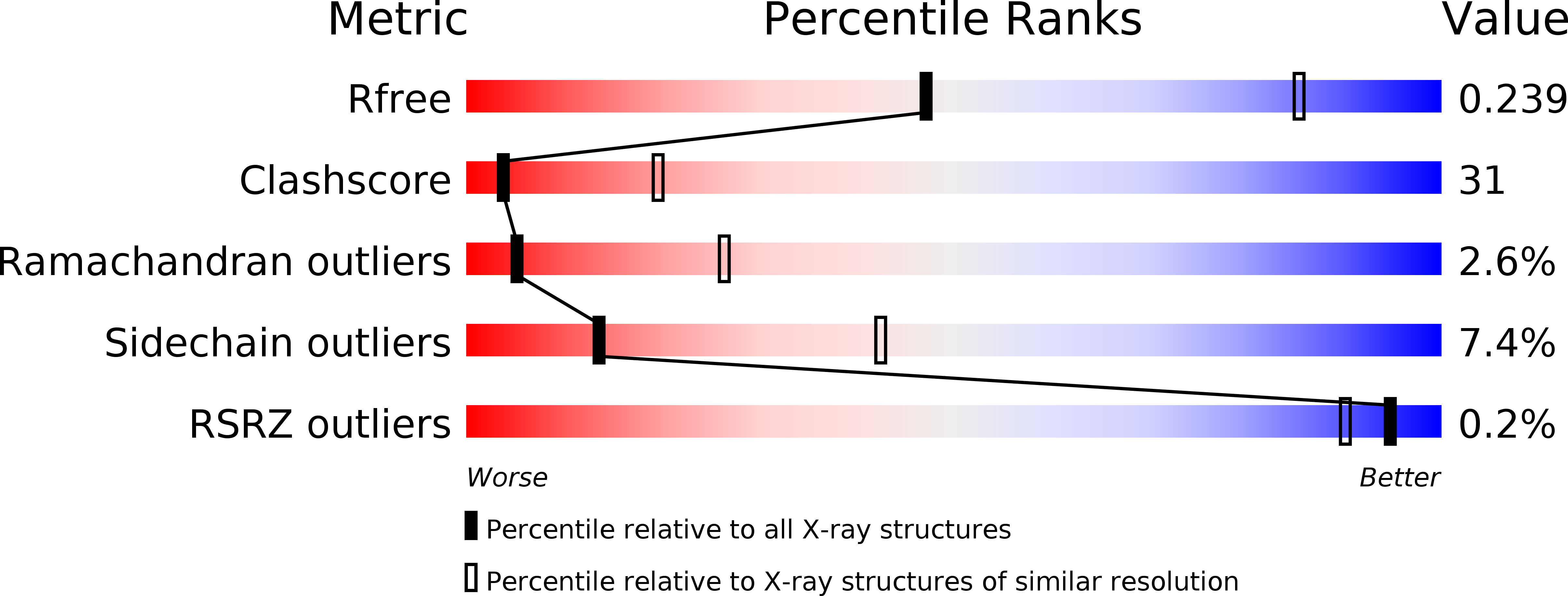
Deposition Date
2009-01-29
Release Date
2009-06-16
Last Version Date
2023-11-01
Entry Detail
Biological Source:
Source Organism:
Archaeoglobus fulgidus (Taxon ID: 2234)
Host Organism:
Method Details:
Experimental Method:
Resolution:
3.10 Å
R-Value Free:
0.25
R-Value Work:
0.18
Space Group:
P 43


